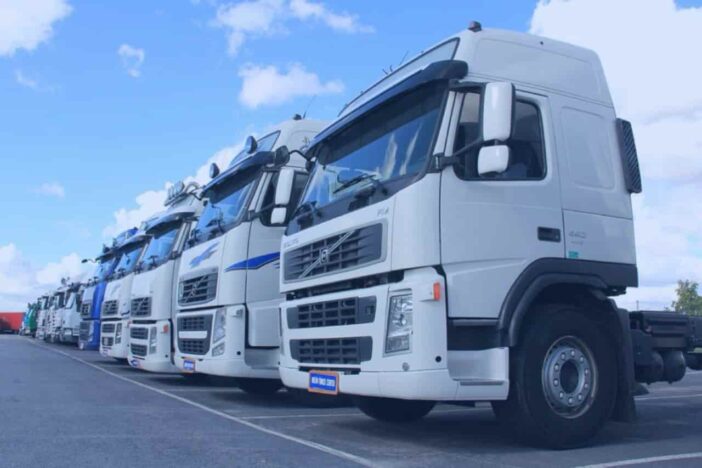Operating a commercial fleet can be challenging at times. A huge range of businesses operate commercial fleets, and different businesses require their fleets to perform different tasks. A company specializing in electrical engineers has different needs to deliver building materials. While the companies may differ, they all face some common challenges when running their commercial fleets. To overcome these challenges, many businesses install telematics to provide them with valuable data to improve the fleet’s overall performance.
Using telematics allows fleet managers to understand their fleet better. Here are four of the most common problems businesses operating commercial fleets face and how telematics can help overcome them.
High fuel costs
One of the highest costs comes from the fuel when running a commercial fleet. No matter how many miles your vehicles cover during the week, you will always need to refill at some point. Over a year, fuel costs for just one vehicle can mount up to huge numbers, and when you calculate this to the whole fleet, the cost can be staggering. Fleet managers are always looking for ways to save money on fuel costs. Here, vehicle tracking has proven to save commercial fleets a significant amount of money by reducing fuel usage.
There are two key ways you can achieve this. Firstly, the data produced by telematics systems allows fleet managers to see the precise routes their drivers have taken. Fleet managers can implement more efficient routes to improve fuel usage by analyzing this route data. Based on the traffic congestion on certain roads, one route can be, in theory, quicker as it is shorter, but if the traffic means vehicles have to sit idle, then a longer but less congested route can be more fuel-efficient and quicker.
The second way you can reduce fuel usage is through in-cab coaching systems. These systems provide audio and visual feedback to drivers and alert them when their driving contributes to high fuel usage.
Actions such as letting their engine idle, harsh acceleration, and speeding increase the amount of fuel used and, therefore, increase a commercial vehicle’s running costs. By alerting the driver to these actions, they can self-correct and improve their driving style to reduce fuel usage. If drivers cannot self-correct, the data is available to fleet managers, which allows them to identify which drivers may require further training.
Driver safety
Driving commercial vehicles, particularly large trucks or lorries, can be dangerous. For this reason, driver safety is vital for any company operating a commercial fleet. The in-cab coaching systems mentioned above also play a key role in improving driver safety. They also alert drivers to dangerous actions such as harsh cornering and sudden braking and speeding, as previously mentioned.
These actions can contribute to accidents taking place on the road, which could be disastrous for those involved. Companies who have installed these in-cab coaching systems have seen a noticeable reduction in dangerous actions, which not only increased the safety of their drivers but all road users.
Vehicle maintenance
Maintaining commercial vehicles in their proper working order is vital for a commercial fleet to operate at its most efficiently. By installing telematics devices, fleet managers can better understand the maintenance requirements of their fleet. The data produced also allows fleet managers to better plan when scheduled maintenance needs to occur.
Unscheduled vehicle maintenance can significantly impact the productivity of a commercial fleet as fleet managers often don’t have the time to plan around the absence of a vehicle. Furthermore, reducing dangerous driving actions such as harsh braking will reduce the impact on the vehicle’s brakes. This means they need less maintenance, and the part’s lifespan is extended, which has the added benefit of saving the company money.
Customer service
Often companies who operate a commercial fleet must provide estimated arrival times to their customers. This can be for various activities such as delivering goods or arriving to complete a job. By providing an estimated arrival time to their customers, companies can improve their customer service. One of the main benefits of telematics is that a fleet manager can see the exact live location of each vehicle. This allows companies to provide customers with updated arrival times if they see a vehicle has been delayed in some unforeseen congestion.
The benefits of using telematics to create a more data focussed fleet have many benefits. The ability to overcome the challenges listed above has made investing in telematics a popular decision for many companies. Not only does using telematics give fleet managers a greater understanding of their fleet, but it can also save the company money while improving performance.





